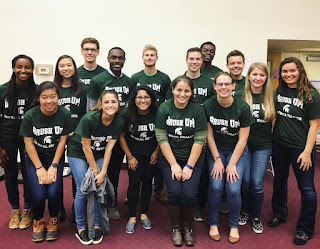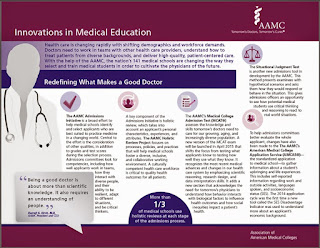AAMC Honors College of Human Medicine For Service Efforts Across Michigan

The Michigan State University College of Human Medicine (CHM) received the Spencer Foreman Award for Outstanding Community Service . The award was presented by the Association of American Medical Colleges (AAMC) on Nov. 13th in Seattle at their annual Learn Serve Lead meeting. The AAMC honored the community-based medical school for outstanding contributions to medicine and community service. In particular, the AAMC acknowledged CHM's efforts to improve health in Flint as well as in rural communities across the state. Dr. Mona Hanna-Attisha—pediatrician and assistant professor—exposed lead poisoning in Flint College of Human Medicine staff played an integral part in exposing toxic levels of lead in Flint’s water supply. Subsequent measures by CHM to aid local communities have also been carried out in maintaining the college’s public health–focused initiatives. Partnering with the Flint community also led way to the Pediatric Public Health Initiative , a collaboration





